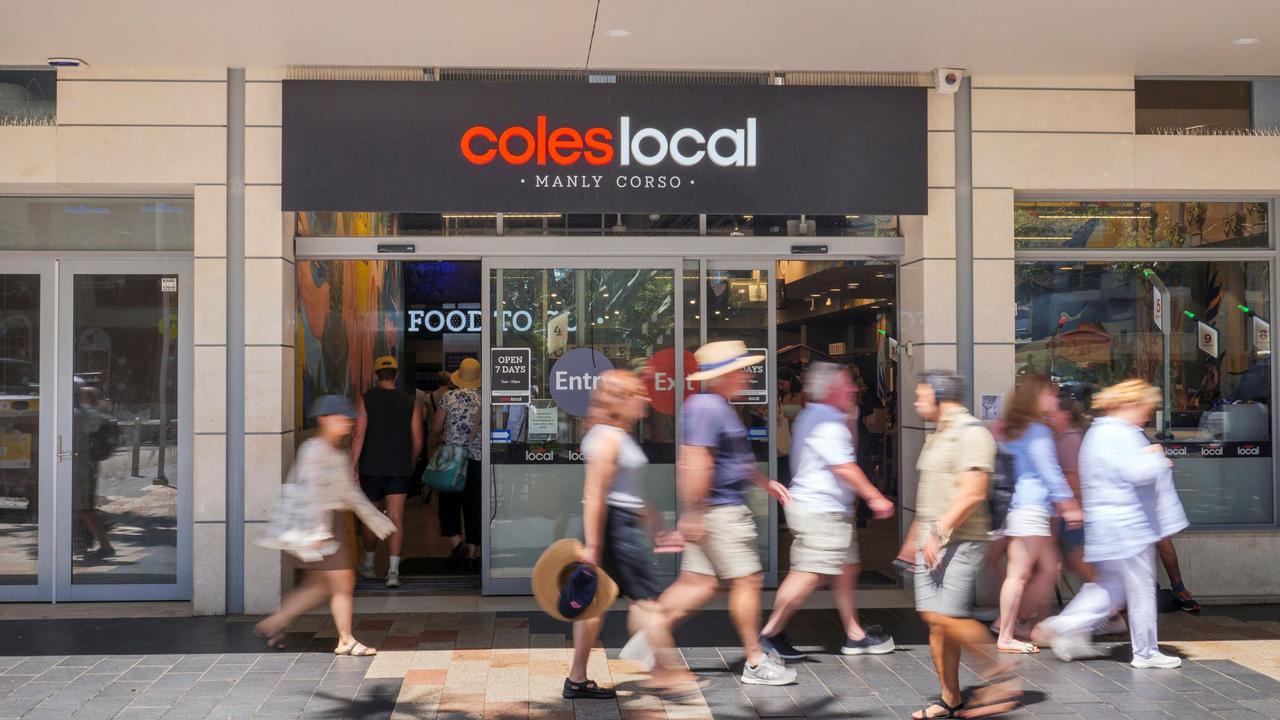Why you’ll struggle to see a doctor in the next six weeks and private health fund profits are set to soar
There is an ‘uncanny correlation’ between the Rugby World Cup and surgeons taking leave – a phenomenon set to line the pockets of health insurers.

If you’re wondering why you can’t get your hip or knee replaced, or perhaps a gastric band installed or some other type of elective surgery in the next six weeks, Macquarie Bank has the answer: the Rugby World Cup.
While it sounds trivial, analysts at the ‘millionaires factory’ have crunched the numbers and found private health claims dip every four years when the tournament is held.
Why? Maybe the answer is in the old club or school tie your surgeon of choice wears, but when the world cup takes off, so do they.
“There is an uncanny correlation between the Rugby World Cup and lower PHI (private health insurance) claims volumes as surgeons take leave,” Macquarie analysts said in a note to investors.
“For the last nine years, RWC months have experienced about 300 basis points lower claims growth than non-RWC months.”
While this will boost the profits of ASX-listed health insurers Medibank and Nib as well as non-listed Bupa and not-for-profits HCF, HBF and others, it will inflict more pain on Australia’s biggest private hospital operator Ramsay Health Care.

Ramsay chief executive Craig McNally has already taken a swipe at leave-loving doctors, citing it as one of the reasons why the hospital hasn’t been able to recover fully from pandemic-enforced elective surgery bans.
“There’s still a backlog (in surgeries),” Mr McNally said in May. “Generally, doctors aren’t sort of overworking to address that goal and sort of operating at a comfortable level.
“We see that reflected in less after-hours work, less weekend work.”
Furthermore, Mr McNally lashed out at health funds late last month after Ramsay halved its dividend following slower-than-expected profit growth. He said the company would seek out-of-cycle funding increases from health insurers.
His comments came as Australia’s private health funds have recorded 12 consecutive quarters of growth, recording a combined profit of $2.2bn last year, according to the Australian Prudential Regulatory Authority.
“Costs for the hospital sector are increasing. But there are still some funds who don’t recognise it, sticking their head in the sand,” Mr McNally said, adding there needed to be a shift of margin from health funds to health providers.
So how much is the Rugby World Cup set to boost the profits of health insurers?

“During the last three RWCs (‘11/’15/’19), claims inflation (in volumes) in the months of competition were below seasonal norms by about 300 basis points, assisting half year margins by about 72 basis points. This year, the RWC runs for an additional week, implying the gross margin assistance in 1H24 could be closer to about 84 basis points,” Macquarie analysts said.
“Findings over the nine years (adjusting for traditional workdays) were that months with the RWC grew surgical volumes at 1.9 per cent on average compared with 4.9 per cent in the years without the RWC. This ~300 basis point variance per month is material for margins in any given half.
“Our outlook for the PHI sector is for margins to continue above medium term expectations, before macro trends become more challenging in 2H24.”
So does that mean Mr McNally will have a chance of getting some of that cash via out-of-cycle funding increases?
Health funds have so far kept mum on that, but Medibank CEO David Koczkar, whose team struck a new funding agreement with Ramsay three months ago, said that the insurer was speaking to all part of the health system regularly about costs.
“We know we also need to make sure that we keep premium increases as low as we can. We know that customers want to see more value in their private health insurance while they are spending more on health,” Mr Koczkar said late last month.
“We continue to work with partners to remove waste and innovate the system to sustain the system into the future.”
Macquarie has a neutral rating on Medibank with a $3.75 target price. This compares with Medibank’s shares trading at $3.56 – or 1.4 per cent higher – on Monday.
Macquarie also has a neutral rating for Nib with a target price of $8.65. This compares with Nib shares jumping 2.3 per cent higher to $7.79 on Monday.








To join the conversation, please log in. Don't have an account? Register
Join the conversation, you are commenting as Logout